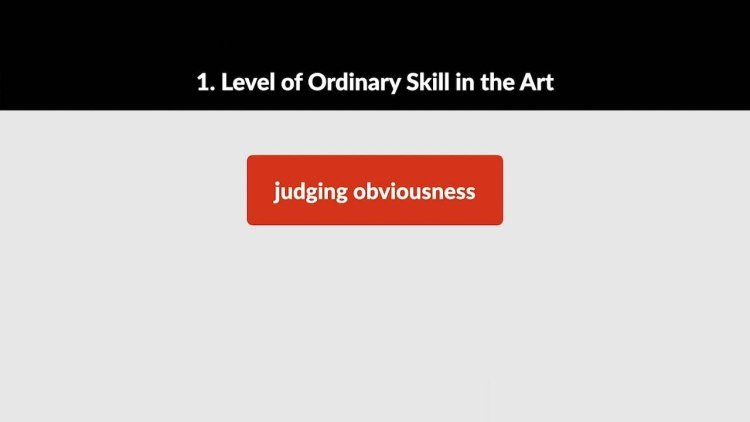Nonobviousness
Learn about the requirement that an invention be nonobvious, i.e., that no combination of prior-art references disclose or suggest an invention’s claimed elements.
Transcript
In addition to being new, a claimed invention must not be obvious. A claimed invention is obvious if, even if it’s not exactly disclosed in a single prior art reference, the differences between the invention and the prior art are so insignificant that they don’t warrant patent protection.
The nonobviousness requirement is codified in section 103 of the Patent Act [35 U.S.C. 103] While ultimately a question of law, obviousness involves four underlying factual inquiries.
...




